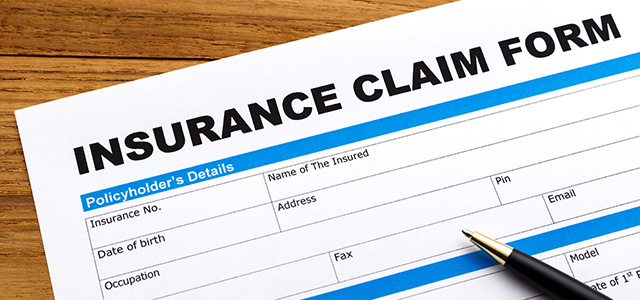Dealing with Claims
Thursday, October 4, 2018
Edit

How and Why to Inventory Your Contents
Insurance companies will ask the homeowner for a complete list of the contents of the home. They will want details such as brand names, estimated worth, date and place of purchase. The best and easiest way for the homeowner to document his or her possessions and personal property is gather this documentation is to video-record and digitally photograph these items.
Many homeowners learn after an event, such as a fire or storm, they did not have enough personal property coverage. Inventorying these items will help the homeowner decide how much Section C insurance he or she actually needs. Video or photographic evidence of personal property simplifies claims by eliminating disputes.
The Homeowner should also document each item on a list, recording its value, and serial number. Photographing and/or video-recording each room, including closets, drawers, storage buildings and containers, even the garage also serves as in valuable proof should a claim arise. Keep receipts for major items in a fireproof place such as a safe or safety deposit box.
Filing a Claim
Insurance contracts are conditional contracts. This means homeowner policyholders have certain responsibilities and obligations to perform should a claim arise. Failure to complete these conditions can result in breach of contract by the homeowner, which allows the insurance company to forego paying for otherwise covered losses. Generally a homeowner’s policyholder must do the following:
- Timely notifying the insurance company and/or agent of a loss; (2) Protect the property from further damage by making necessary temporary repairs; (3) Prepare an itemized list containing personal property descriptions, actual cash values of the property or its replacement cost; (4) Cooperate with insurance company investigations by allowing the investigator or representative access to the damaged items; (5) Cooperate with the insurance company by giving a statement to the insurance company’s investigator or representative explaining how the loss occurred.
In addition to the above stated conditions with which a homeowner’s insurance policy holder must comply the policyholder should do several additional tasks for his or her own protection.
- The homeowner should thoroughly review the insurance policy and familiarize themselves with additional conditions and benefits of the policy. While the homeowner is required to make temporary repairs to prevent further damage or losses, he or she should not make permanent repairs before an insurance adjuster or investigator has inspected and documented the damage to the home. An insurance company has been known to deny claims if permanent repairs were made before the adjuster inspected the damage.
- The homeowner should always be present during the insurance adjuster's inspection. He or she should take notes documenting any discussion with the adjuster or investigator. A homeowner can save themselves a lot of time and trouble by having their own contractor present during the repair inspection. These steps can help achieve a satisfactory settlement. The homeowner’s negotiation powers improve when he or she is prepared with accurate facts.
- Never agree to a final claim settlement until you are satisfied that it is fair. Remember the homeowner is always entitled to obtain independent estimates and submit them as proof of damages.
- Beware of "public adjusters" that show up on a disaster scene offering the homeowner help with the claim. There is no such thing as a free lunch and these agencies usually charge a hefty fee based on a percentage of the total claim that ultimately diminishes the homeowner’s recovery.
Use a local contractor with a good reputation and a valid state contractor’s license. Beware that larger claims often attract shady operators and con artists.
